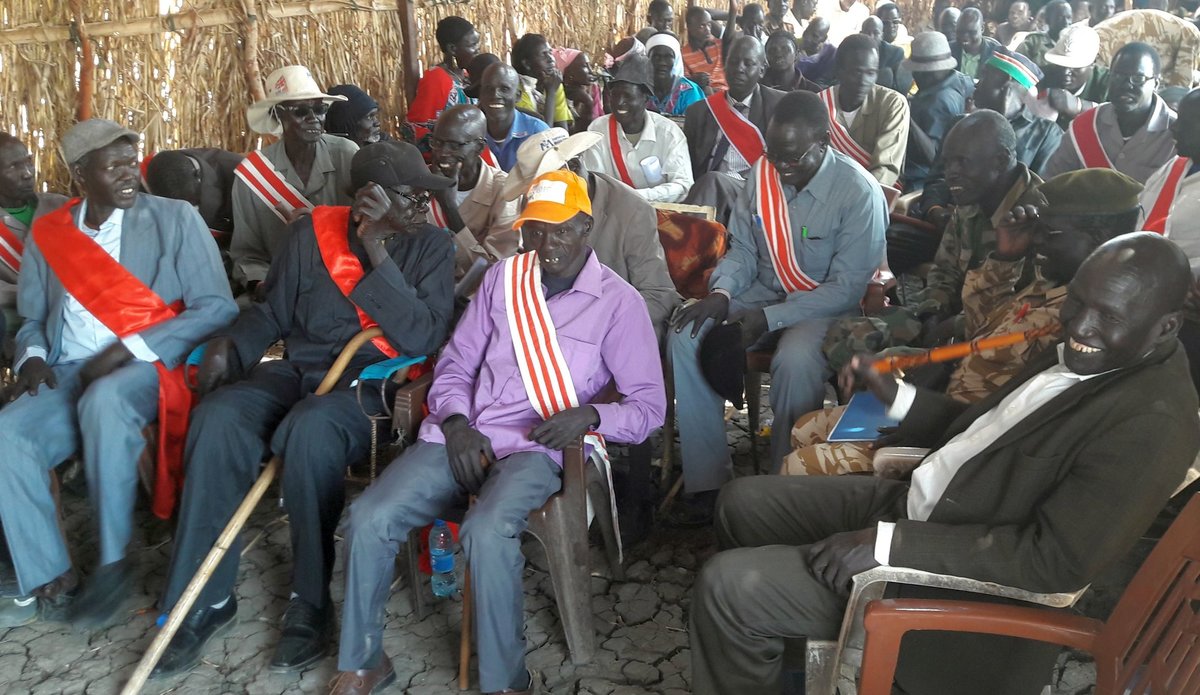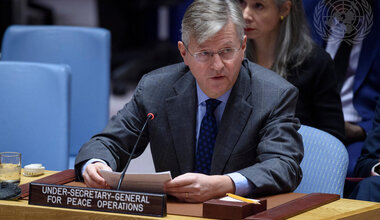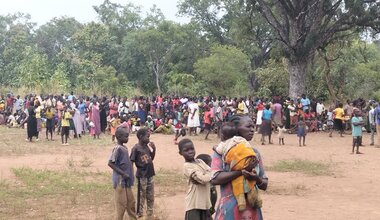A model for peace: Residents of Gel Achel in Upper Nile rise above tribal differences
The remote community of Gel Achel, some 100 kilometres southeast of Malakal in the Upper Nile region, stands out for all the right reasons. Here, people from a number of different ethnic groups have developed their own, successful way of achieving peaceful coexistence and cooperation. They call their method “people-to-people grass root dialogue”.
“I was there when it all started. After the war started in 2014, Jikany youths and rebels mobilized to attack Malakal through Gel Achel, but Gatkouth (Chief Gatkouth Nguth of Lou Nuer) decided to run with the Dinka people to Achuil in the Lou Nuer territory and saved their lives from the Jikany. After the SPLA recaptured the area from the rebels, Gatkouth returned with the Dinka people and started to call other chiefs to agree to live in peace, and that’s how it began,” says SPLA Commander Colonel John Aban in an attempt to outline the background.
But first the nimble, yet robust convoy of vehicles from the UN Mission in South Sudan’s (UNMISS) had to reach Gel Achel. As we do, we are surrounded by curious onlookers. For villagers in the area, vehicles are a rarity. More importantly, they are a sign of hope.
The locals want to know whether the UN has brought them any humanitarian aid. They are, however, even more captivated by the visit from faraway Malakal when the civil affairs officers inform them that they are there to conduct a proactive peace conference.
The journey to Gel Achel in Baliet County starts with some 40 kilometres of rough, pothole-filled off-road driving, a reflection of the damages caused by the previous rainy season. The remaining trip is a relatively smooth ride on a marram road. There is little in terms of inhabitants along the way, save for a few residents of the “major” towns we pass by.
Yet the officers remain determined to make it to this little village, which has captured their attention due to the peaceful coexistence of its multi-ethnic people - Ngog Dinka, Jikany Nuer, Lou Nuer, Doma, and Kurmayom. In a country torn apart by tribal tensions, this masala of tribes living together seamlessly is a true rarity.
For three days, more than 140 traditional chiefs, local government leaders and security personnel, representatives of women, youth and elders from three counties, gather in the makeshift conference hall in the sweltering heat. They participate in discussions and deliberations. Among the attendees, 18 are women.
During the conference, participants explain how the different ethnic communities and regions have chosen to appreciate the contributions of individual members of traditionally rival communities through an initiative termed “people-to-people grass root dialogue.” This approach has proved successful in protecting and saving the lives and property of those threatened with violence, and promotes inter-communal reconciliation and continuous dialogue.
“This is an initiative that can and should be a model for other places across South Sudan. It was formulated by the people of Gel Achel based on their need for peaceful coexistence, and if it works here, it could work for many others,” says civil affairs officer Martin Nambula as he urges the participating members to continue engaging in dialogue and convince other community members to embrace the idea.
“We are all for local solutions to inter-communal conflicts and UNMISS will continue to provide support to the people of Gel Achel as they continue to set an example to other communities on how durable peace can be achieved for South Sudan.”
 UN
UN United Nations Peacekeeping
United Nations Peacekeeping





